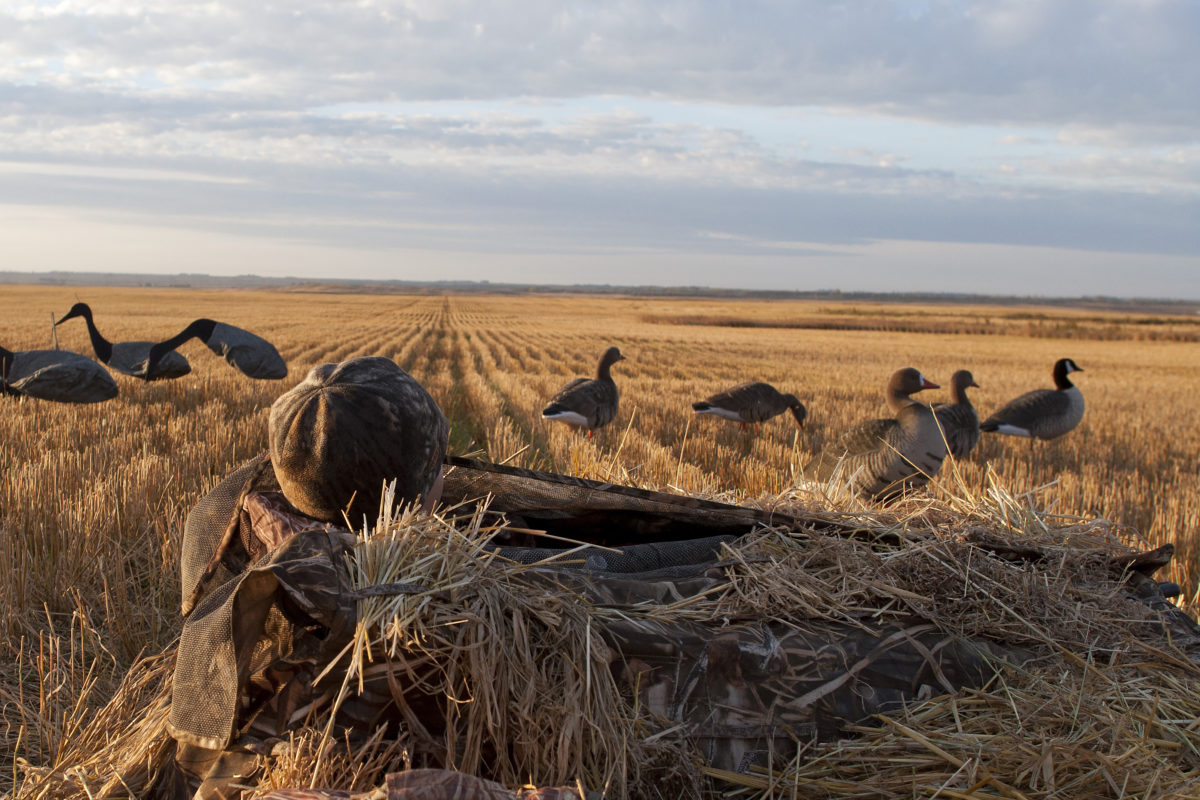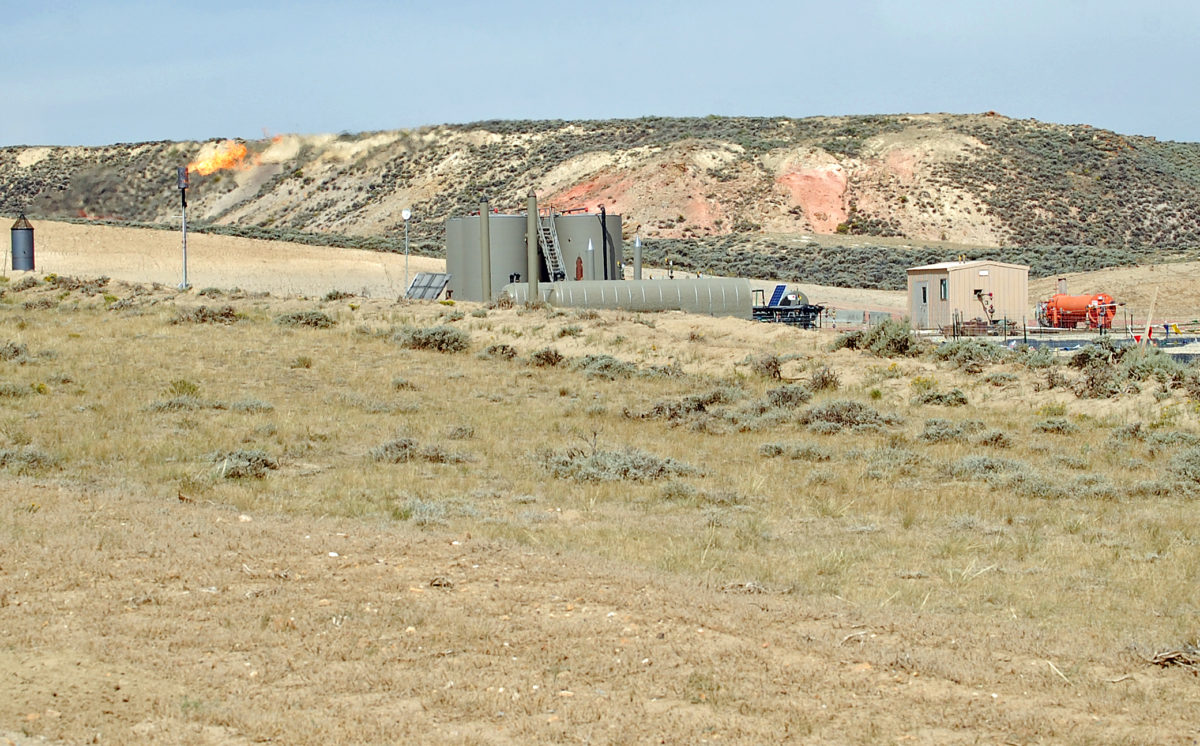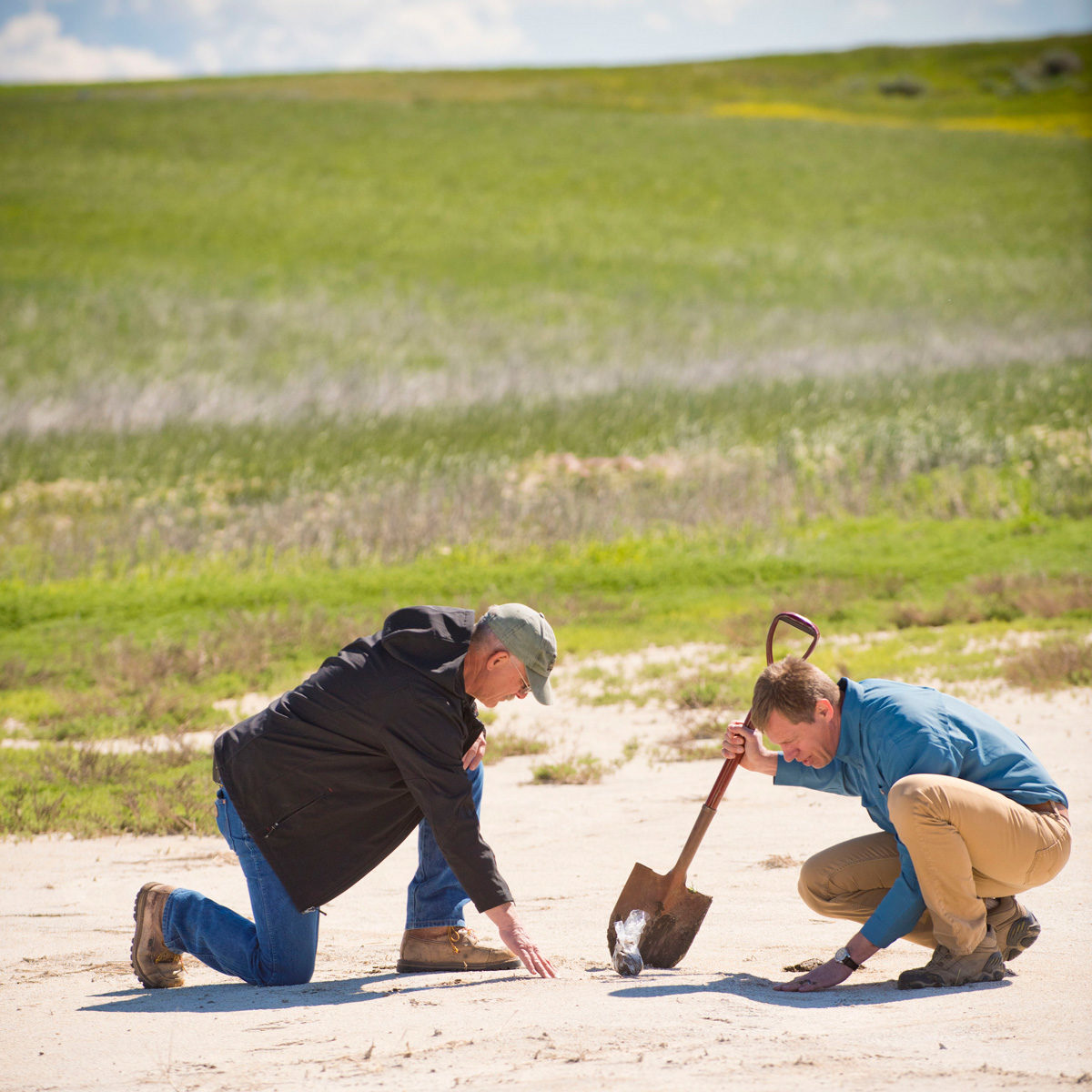Virginia and East Coast residents call on Governor Youngkin to protect the health of the Bay and our coastal economy
More than 10,000 anglers and conservationists from Virginia and up and down the East Coast have signed a petition asking Governor Youngkin to protect the Chesapeake Bay from the negative impacts of industrial menhaden fishing. The petition is being delivered to Youngkin and the governor-appointed members of the Virginia Marine Resources Commission to push for meaningful conservation of menhaden, a critical forage fish species.
A coalition of 11 national and 10 Virginia-based groups teamed up earlier this year to demand regulation changes that would move menhaden reduction fishing out of the Chesapeake Bay and stop wasteful fish spills from fouling the state’s beaches.
Beyond signing the far-reaching petition, Virginia residents have also been showing up to VMRC meetings all summer to make public comments about how the menhaden reduction fishery is affecting their lives. According to Virginia code, menhaden regulations can only be changed from October to December, but menhaden are still not on the VMRC agenda for its October 25 meeting.
“Over 10,000 anglers, charter captains, and Bay-area residents have spoken, and they want the menhaden reduction fishery moved out of the Bay,” says Steve Atkinson, president of the Virginia Saltwater Sportfishing Association. “We are now waiting to see just how much the governor cares about these resources.”
The recreational fishing community is concerned that years of localized depletion from the annual harvest of over 100 million pounds of menhaden in the Bay has deprived gamefish like striped bass, bluefish, and weakfish of a critical food source. Atlantic menhaden play a vital role in coastal ecosystems by serving as the base of the food chain for larger fish, marine mammals, and seabirds. Yet, millions of pounds of these valuable fish are being removed from the Chesapeake Bay and “reduced” into fish meal and oil for pet food and salmon feed by a single foreign-owned company.
Menhaden are especially critical to striped bass and make up 30 percent of the popular sportfish’s diet. The striped bass fishery is the largest marine recreational fishery in the U.S., driving $166 million in recreational fishing activity in Virginia alone. However, the economic value of striped bass fishing to Virginia has declined by over 50 percent in the past decade.
According to the latest science, menhaden reduction fishing contributes to a nearly 30-percent decline in striped bass numbers coastwide. The detrimental impact of menhaden reduction fishing on the marine environment is so pronounced that it is outlawed in every other East Coast state. However, in Virginia, a single foreign-owned fishing company—Cooke Inc., locally known as Omega Protein—is still allowed to harvest over 100 million pounds of menhaden each year from the most important striped bass nursery on the East Coast, undermining the sportfishing economy and small businesses throughout the Commonwealth.
Omega boats have caused multiple Eastern Shore fish spills in 2022 alone, resulting in the waste of 12,000 pounds of red drum bycatch, but Virginia continues to allow this unsustainable practice. Virginia residents and East Coasters who vacation and recreate in the Bay are fed up.
“I am trying to give the residents who live on the Eastern Shore, as well as the guests and tourists who come to visit, a chance to let their voices be heard to express their disappointment and disapproval of menhaden reduction fishing,” says Christi Medice, an Eastern Shore resident who has gone door to door with a paper version of the petition. “This has given me the opportunity to talk to people about their concerns around dead fish washing up on the various beaches. I have over 1,500 signatures and am still getting more.”
An online petition hosted by the Theodore Roosevelt Conservation Partnership and promoted by local groups, including VSSA, has garnered an additional 8,900 signatures since June 2022. A policy change on industrial menhaden harvest near shore would serve both anglers and tourism businesses, while still allowing Omega to operate in deeper waters.
“Ninety-nine percent of inshore and near-shore gamefish depend on bunker at some point in their lifecycle,” says Captain Tyler Nunn, owner of Tidewater Charters. “Especially for the apex predators like striped bass, red drum, and cobia that my charter business and many businesses around the Bay depend on, the importance of menhaden is immeasurable. No one has seen the potential of the Bay with a healthier forage base. It would make magnitudes of difference in the sportfishing industry and the Bay’s ecosystem if we left more bait in the water.”
“When will decision-makers answer the many questions that have been raised about this company’s activities and choose the side of recreational fishing and coastal economic growth?” asks Jaclyn Higgins, forage fish associate at the Theodore Roosevelt Conservation Partnership. “It is necessary to implement commonsense regulations until the science demonstrates that menhaden fishing can be allowed without negatively affecting the broader Bay ecosystem.”
Click here to see the petition that fishing and boating groups have been circulating since June.
Click here for the coalition’s letter to Youngkin in June.
Click here for the letter from Virginia and East Coast businesses to Youngkin in September.











So pleased to see this group understand and combine to ensure that commercial fisheries do not overfish our available stock. Essentially, what they are fighting is the very kind of action that put all species of whales on the endangered list to some extent.
Out new governor has shown incredibly good judgement on a range of issues that impact the Commonwealth. Let’s hope this is one of them.
I appreciate all the efforts of all those who want to see the State of Virginia do something about the Menhaden fishery in the Bay.
My question is can we see in positive movement by this administration to do anything about it?
We as a people should not put up this corruption
Shocking that this isn’t even on the agenda.
So glad to finally see the rape of Menhaden get such important advocacy. The species is one amazing building block supporting actor for the rest of the fish life chain. I have been dissatisfied with the commonwealth’s blind ambitions regarding Menhaden as an industrial product and a former governor who helped fund Omega boats. Kudos for being in the fight.
The mathematical model used to manage this largest of US fisheries is “ irreproducible science” and is laughable and tragic that nobody questions the outcomes of the model? No independent estimates outside of the mathematical model. 100 million pounds. ?